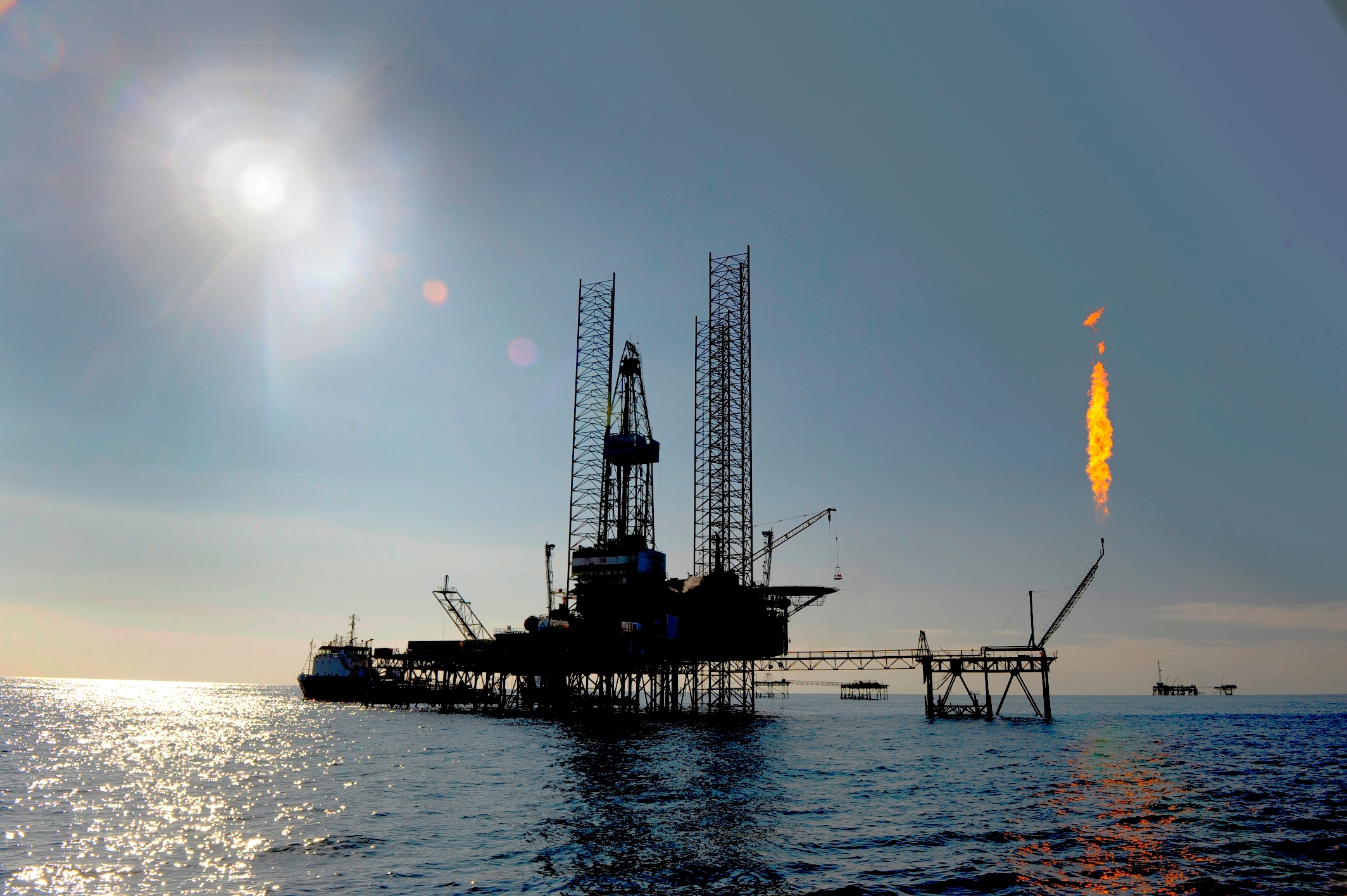After three years of discussions with partners and the Norwegian government, Equinor approved a plan for the further development of the giant Troll gas field on the North Sea shelf. The so-called third phase of the development of the Troll was approved. The western part of the field, where only oil has been produced so far, will be drilled. It is planned to open eight new wells and start production in the second half of 2021. During the third phase, production from these deposits will reach 11 billion cubic meters in 2023-2024 at the peak, according to Platts. Yet, the total production at Troll will not grow, since the third phase will only help maintain it at the current level of 35-36 billion cubic meters per year. Investments in the third phase are estimated at 7.2 billion Norwegian kroner (about $ 1 billion).
Since production at the Groningen field in the Netherlands fell, Troll has become the largest gas field in Europe (not counting Russia). Extraction there was launched in 1995, and the field also delivers about 6 million tons of oil per year. Troll plays a very important role as the source of peak gas supplies and is capable of delivering 120 million cubic meters per day. At that, the regulator limits the total annual production at 36 billion cubic meters. Troll's remaining gas reserves currently amount to 823 billion cubic meters, it belongs to the operator Equinor (30.58%), the Norwegian state company Petoro (56%), the Anglo-Dutch Shell (8.10%), the French Total (3.69%) and American ConocoPhillips (1.62%).
Gas from Troll is supplied to Belgium. In the past few winters, Troll has partly helped to balance the North-West Europe market, which lost 60% of the Groningen production at that time.
The planned sharp drop in production at Groningen by the beginning of the 2020s increases the importance of the third phase of Troll as a source of peak supplies for the Netherlands, Germany and France, the largest gas markets in Europe. At the same time, the introduction of the third phase corresponds to the new marketing strategy of Equinor. In 2010-2014, Equinor almost completely switched to pricing bound to gas hub quotations and simultaneously reduced annual obligations under long-term contracts from about 70 billion cubic meters in 2012 to less than 40 billion cubic meters. At that, the total supply of Norwegian gas to the market even increased, reaching 122 billion cubic meters in 2017. Now Equinor sells less than half the gas under long-term contracts, and the rest comes under one or two years contracts, or on spot. As Marshall Hall of OIES notes, this allows Equinor to increase deliveries when it is profitable, but not mindlessly invest in new deposits exploration just because of the burden of gas supply obligations.
Nevertheless, the introduction of the third phase of Troll only delays the inevitable decline in gas production in Norway. According to the forecast of the Norwegian Petroleum Directorate (NPD), production will begin to decline from the current plateau of 120-125 billion cubic meters as early as 2022. It may drop to 110 billion cubic meters by 2026 and to 100 billion cubic meters by 2028. In the future, new discoveries should support it. Without them, by 2030 production will fall below 90 billion cubic meters.
source: ogj.com
Since production at the Groningen field in the Netherlands fell, Troll has become the largest gas field in Europe (not counting Russia). Extraction there was launched in 1995, and the field also delivers about 6 million tons of oil per year. Troll plays a very important role as the source of peak gas supplies and is capable of delivering 120 million cubic meters per day. At that, the regulator limits the total annual production at 36 billion cubic meters. Troll's remaining gas reserves currently amount to 823 billion cubic meters, it belongs to the operator Equinor (30.58%), the Norwegian state company Petoro (56%), the Anglo-Dutch Shell (8.10%), the French Total (3.69%) and American ConocoPhillips (1.62%).
Gas from Troll is supplied to Belgium. In the past few winters, Troll has partly helped to balance the North-West Europe market, which lost 60% of the Groningen production at that time.
The planned sharp drop in production at Groningen by the beginning of the 2020s increases the importance of the third phase of Troll as a source of peak supplies for the Netherlands, Germany and France, the largest gas markets in Europe. At the same time, the introduction of the third phase corresponds to the new marketing strategy of Equinor. In 2010-2014, Equinor almost completely switched to pricing bound to gas hub quotations and simultaneously reduced annual obligations under long-term contracts from about 70 billion cubic meters in 2012 to less than 40 billion cubic meters. At that, the total supply of Norwegian gas to the market even increased, reaching 122 billion cubic meters in 2017. Now Equinor sells less than half the gas under long-term contracts, and the rest comes under one or two years contracts, or on spot. As Marshall Hall of OIES notes, this allows Equinor to increase deliveries when it is profitable, but not mindlessly invest in new deposits exploration just because of the burden of gas supply obligations.
Nevertheless, the introduction of the third phase of Troll only delays the inevitable decline in gas production in Norway. According to the forecast of the Norwegian Petroleum Directorate (NPD), production will begin to decline from the current plateau of 120-125 billion cubic meters as early as 2022. It may drop to 110 billion cubic meters by 2026 and to 100 billion cubic meters by 2028. In the future, new discoveries should support it. Without them, by 2030 production will fall below 90 billion cubic meters.
source: ogj.com



















